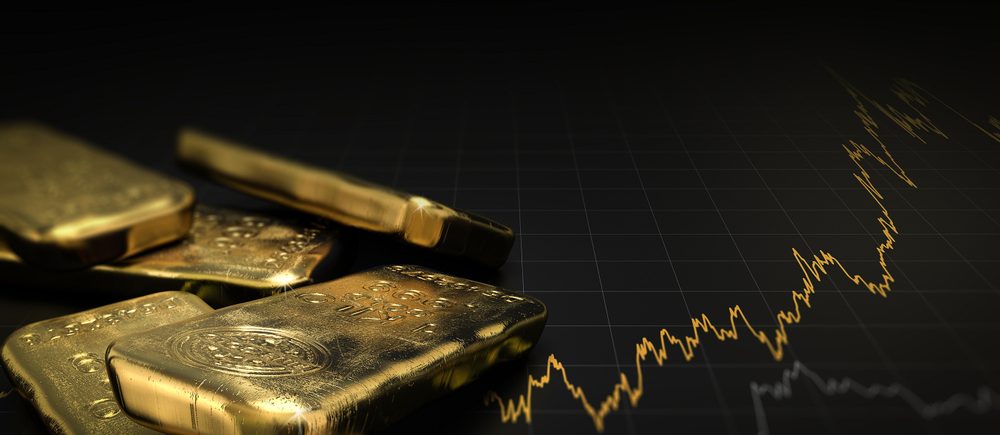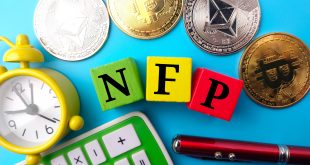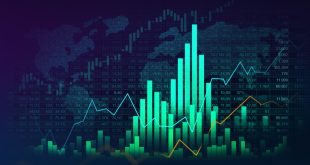Gold is expected to move sideways around $1,950 until the end of 2023 and beyond, according to economists. By the end of the year, there may be some scope for an upward move to $2,000 due to the US central bank’s sharp rate hikes. This could indicate that the American economy has fallen into a recession, which could put an end to any remaining rate hike speculation.
If further decline in inflation and the economy’s weakness together could make rate cuts more likely, gold price should head to its all-time high.
The yield curve, which has been suggesting the economy was headed for a slump since last year, has continued to reverberate in 2023 and is now sending its strongest warning since the early 1980s. However, the stock market has rallied and the economy has remained resilient, prompting some analysts and investors to rethink its predictive power. The Consumer Price Index report showed a sharp decline in inflation last month, further buoying investor optimism and pushing stocks higher.
The yield curve charts the difference in rates on government bonds of different maturities, with investors expecting higher interest rates for lending over longer periods. For the past year, the curve has inverted, with the yield on shorter-term debt rising higher than yields on bonds with longer maturities.
This suggests that investors expect interest rates to fall from their current high level, which usually happens only when the economy needs propping up and the Fed responds by cutting interest rates.
The US economy is slowing but remains on firm footing, even after a substantial increase in interest rates. The precise time between a yield curve inversion and a recession is difficult to predict, but it has been a reliable indicator for five decades.
Proponent of the yield curve as a forecasting tool say that inflation tends to fall after a recession has already started, but that the rapid pace of rate increases over the past year may have upset the normal order.
Some argue that history might not repeat itself this time due to the current conditions being idiosyncratic, such as the economy recovering from a pandemic, low unemployment, and mostly good companies and consumers.

Gold
 Noor Trends News, Technical Analysis, Educational Tools and Recommendations
Noor Trends News, Technical Analysis, Educational Tools and Recommendations




